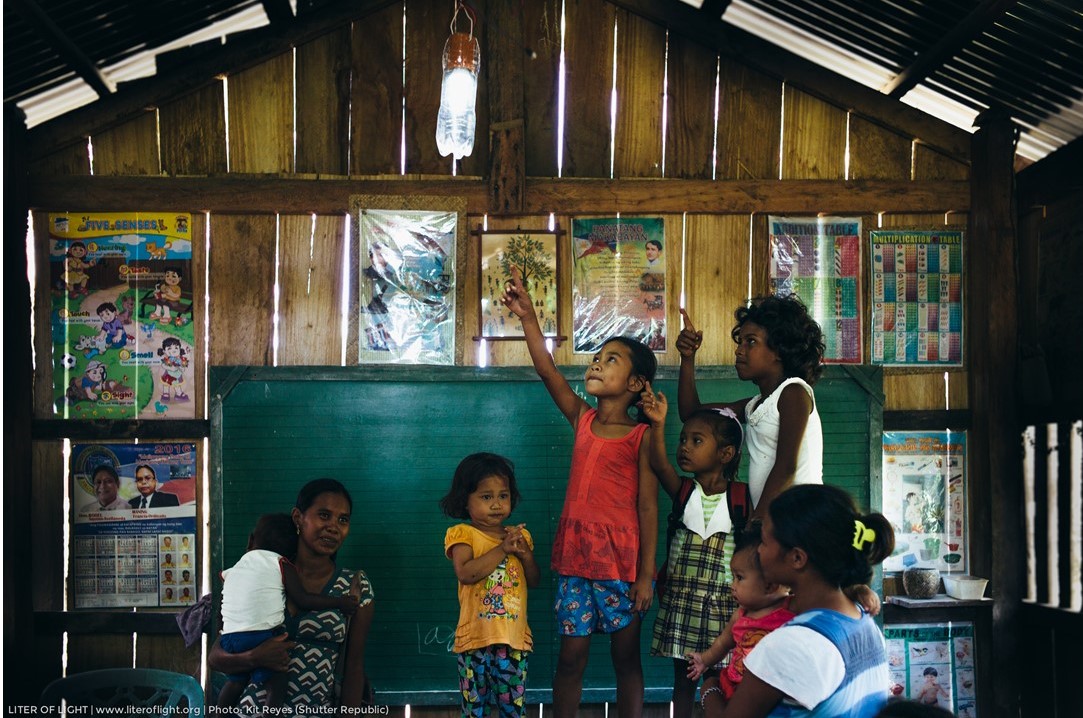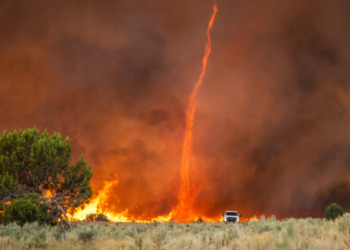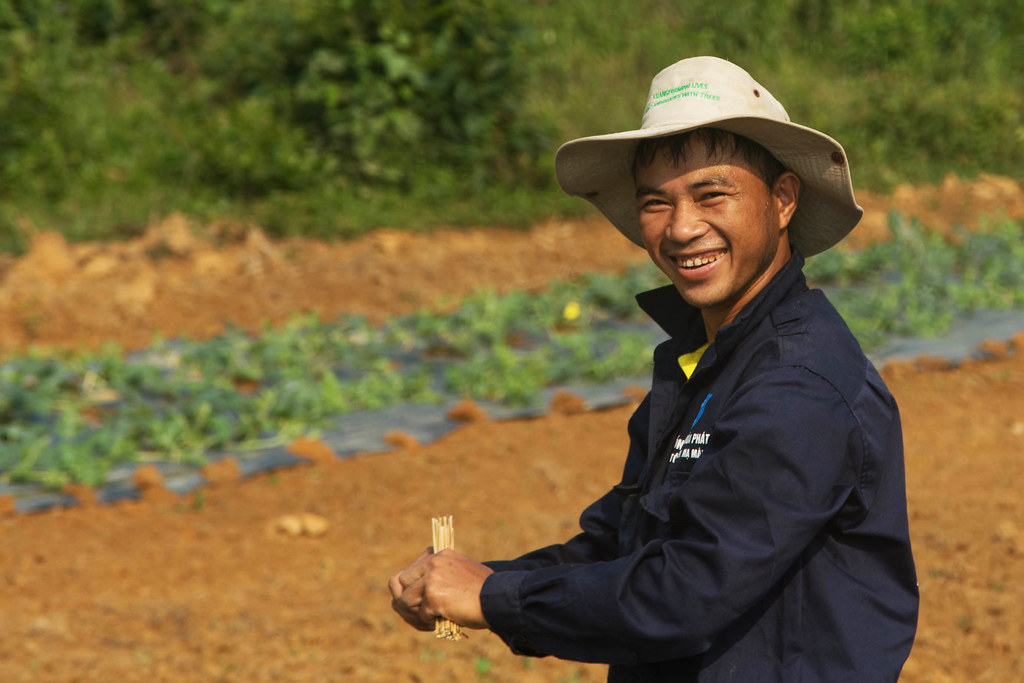According to the World Bank, “one billion people – mostly concentrated in Sub-Saharan Africa and South Asia – live their daily lives without electricity.” In the Philippines, around 16 million people have no access to electricity, especially in rural areas according to the Philippine Institute for Development Studies.
Access to energy makes it possible for us to have lights in our homes or charge our mobile phones. We need energy to progress and achieve economic growth. With the problem of energy poverty still on the horizon, what concrete solutions can be offered to those experiencing it?
Illac Diaz, the founder of Liter of Light, shared with us how his organization is making solar energy accessible to and scalable in rural areas. Liter of Light’s technology has been recognized by the UN and adopted in different countries. The interview has been edited for clarity and brevity.
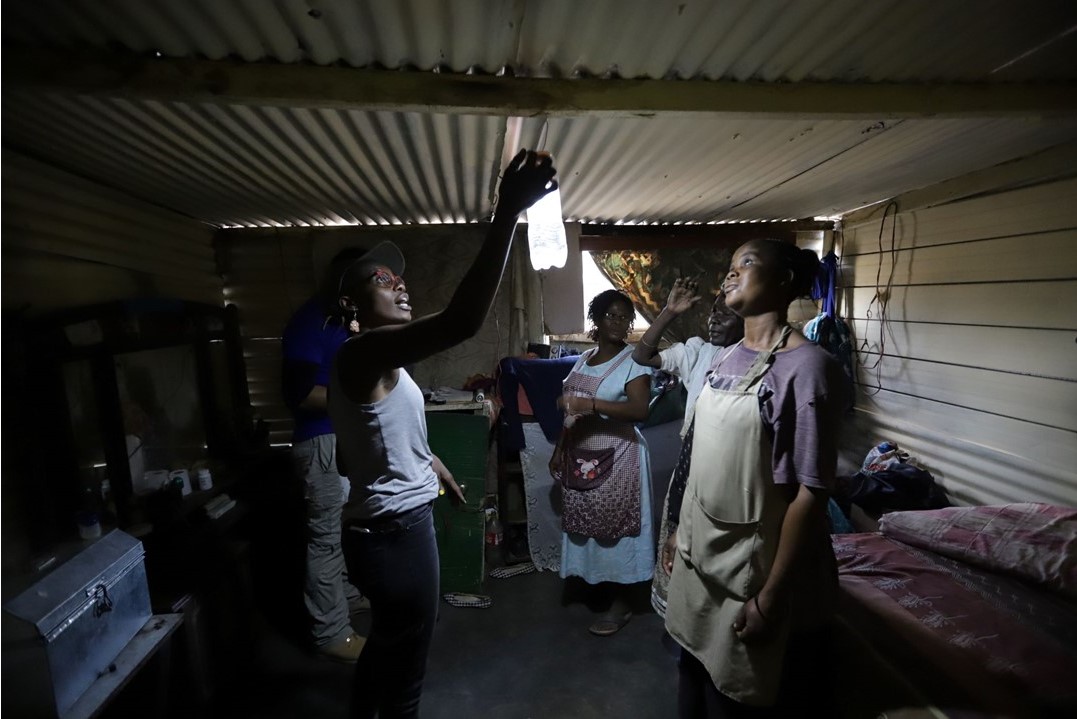
Tell us more about yourself and how this idea came to you.
I.D: When I was doing my master’s thesis in Urban Planning, I was in Bicol and we were just looking at different designs for low-income housing. I wasn’t aware that we were about to get hit by a typhoon. The typhoon was so strong that the roofs flew and glass windows and doors were destroyed. That was the first time I realized that maybe it was not low-income housing but disaster-resilient housing that I should be worried about. So, that has shaped the template of my career path. There were two things that affected me: first, the strength of the typhoon. At that time, it was maybe 200 kilometers per hour. Most of the structures that were built with indigenous materials were wiped out. There was a village in front us. By sunrise the next day, it was completely gone.
Second, I noticed that post-disaster, a very high number of children were getting burned due to usage of kerosene lamps. I also couldn’t go anywhere because the roads were down and the airport was closed. In the dark, women and children were the most vulnerable. I wanted to figure out how to put this corridor of light for them and I wanted to get rid of the kerosene lamps. It all led me to solar.
I first thought the easiest thing would be to buy maybe 2,000 solar lights and make them into street lights. At that time, solar lights were not really that popular. Later on, I discovered that 60% to 80% of humanitarian aid is in shipping.
That’s why I began my MyShelter Foundation, which provides alternative solutions to rebuild destroyed housing and Liter of Light. I tried looking for a way to rebuild better and to have an emergency lighting system.
Liter of Light was initially an emergency lighting system. But today it’s used in 30 countries around the world, both for creating social enterprises in villages and a reserve army of solar engineers in case of disasters.
The future of solar is, in fact, local.
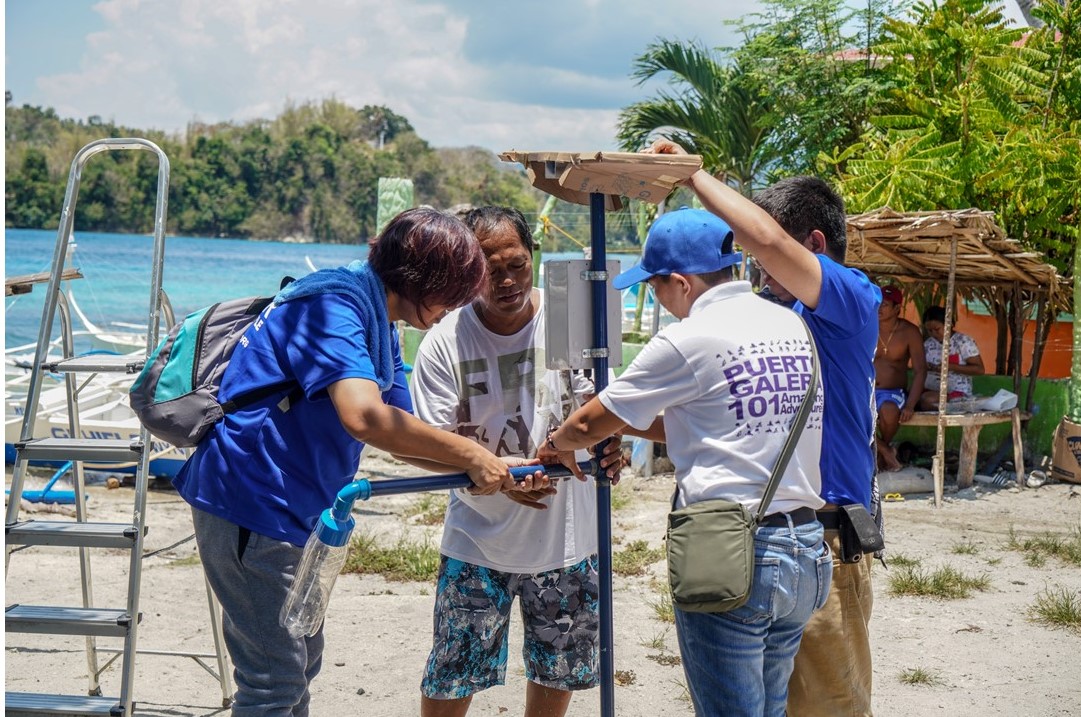
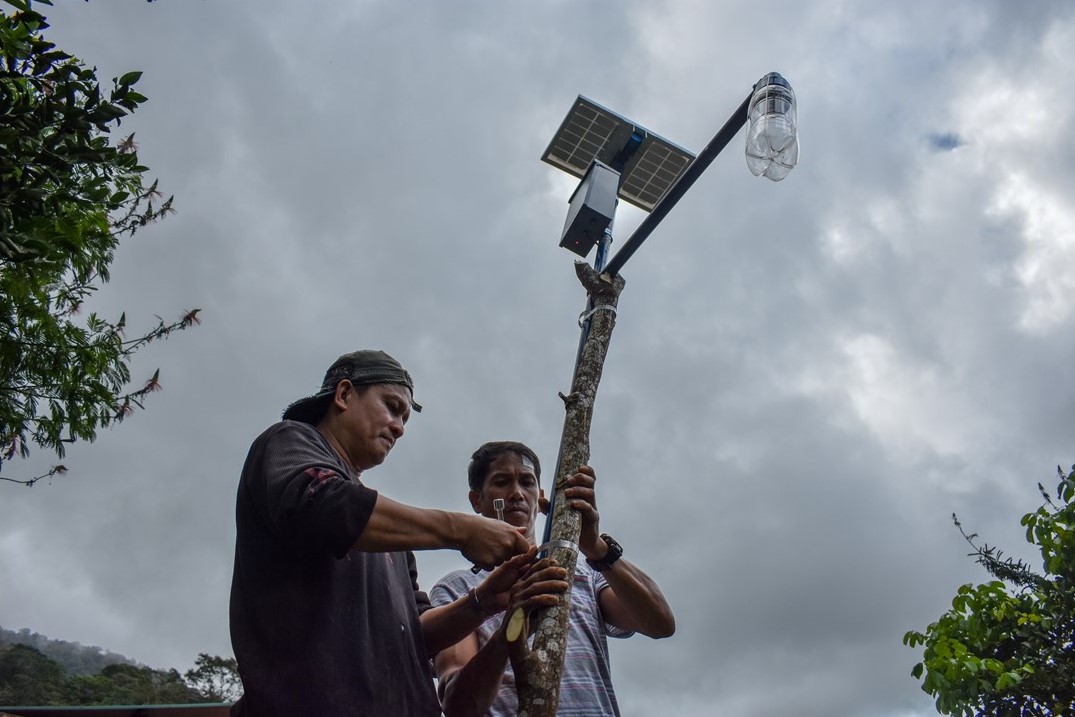
How does Liter of Light work?
I.D: We raise funds. We learned from Habitat for Humanity and Gawad Kalinga that they didn’t sell houses but the experience of building them is very much in demand. So, what we do is we convince corporations to finance solar lights for a specified beneficiary community. Companies provide funds for the materials and then we run the workshop. We also give them the option to go to the village and give the lights to the community and install them. We do about half a million lights every year. We don’t have a factory. All are made and done by hand.
Same thing with my offices in other countries. We immediately explain that we don’t have a factory. We either teach the villages or teach them. It’s really sweat equity. In Yemen, they could not import large solar lights. So we asked them to build them. Today, there are more than 10,000 street lights from Liter of Light in the cities of Yemen. They maintain it. They operate it. They fix it.
In addition, there are strong women’s cooperatives in most villages. These are groups of women who pool their money together and run their own small store together or do handicrafts together. That’s the structure we try to adopt in the clean energy sector.
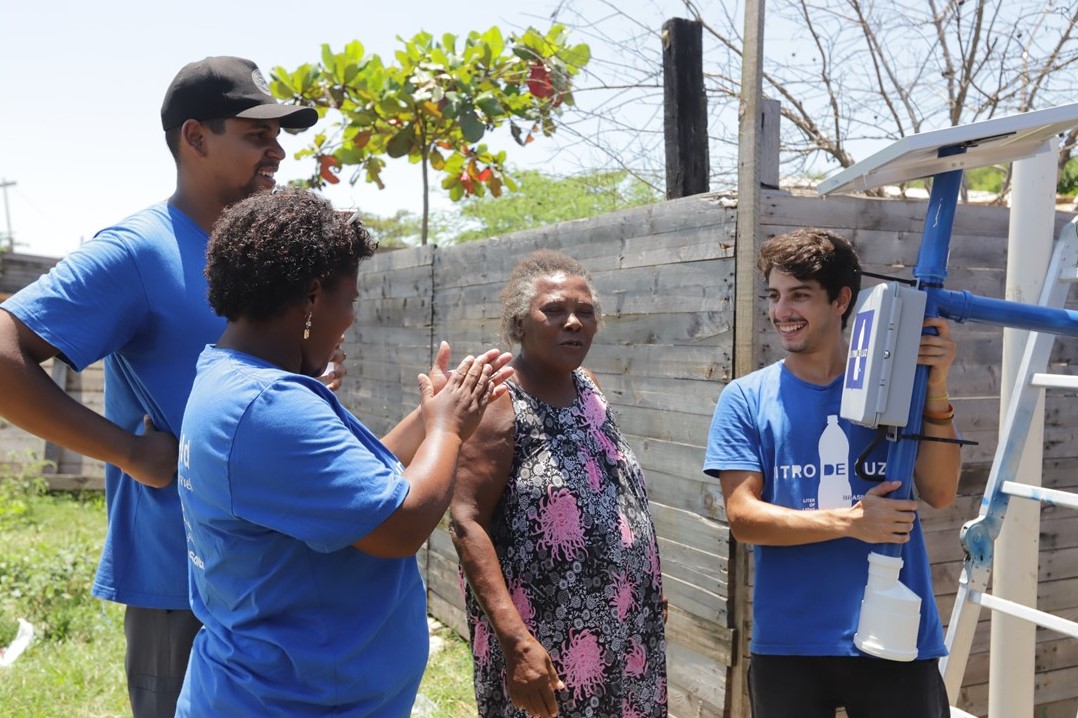
There is a big movement around the world to transfer sustainable energy to the village level. The problem is that we’re not confident enough in transferring this knowledge to people, yet they can actually do something about it. We’re always going the Messiah-like route – which is, I have the technology, get it from me, and it can only be done in my factory. What if we involved not the few hands working in a factory but thousands of hands everywhere?
That’s what Liter of Light does. It’s taking an alternative road. If I can teach you to make solar lights in 10 to 15 minutes, why can I not teach everyone else?
The local solar is becoming a very powerful force for innovation, ideas, and experimentation. And that’s exactly where it should be. The future of solar is, in fact, local.
Taking care of the women is taking care of the village.
You’re involving women in your business model. How does the business system change when you involve women?
I.D: Not just women but they are supported by men. For example, in the Philippines, their husbands usually deliver fish or vegetables to Manila and they go back with empty crates. When the husbands come to Manila, we usually get a call from the women. We then put all the requested materials to make solar lights in fish baskets then in crates so they would not get damaged. When the husbands go back home, the women assemble the products. Later, when they make money from renting the lights, they are able to pay us back in 90 to 180 days.
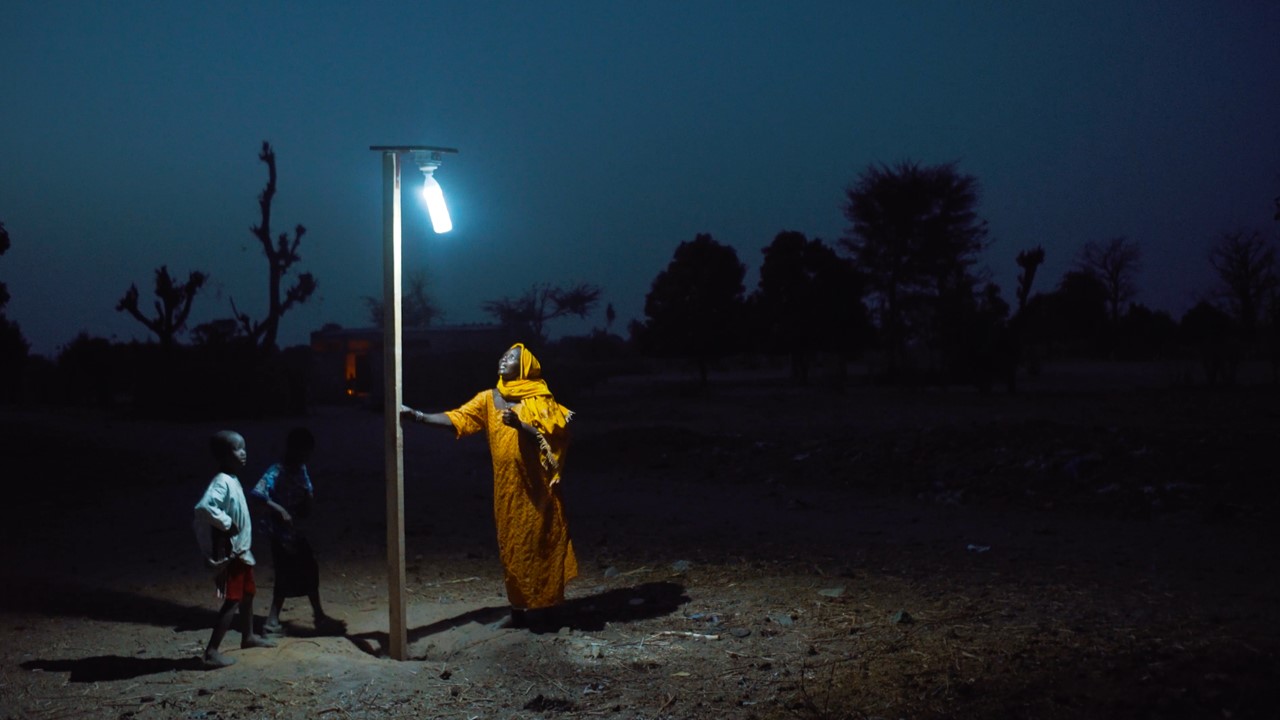
So, by involving women, it doesn’t just make the business model a success but it makes the economy of the village better?
I.D: Because there’s a larger cash flow in the village, it becomes wealthier. What’s interesting is the shift in the usage of money. It’s used to bring doctors or books in. Taking care of the women is taking care of the village.
So, they become entrepreneurs themselves?
I.D: They have to be. It works like a mini power corporation. It is so simple that it scales really rapidly because there are thousands of hands building it rather than just a few factories.
How about the children?
I.D: They don’t get burned. They can study at night. They’re safe when they walk in the evenings.
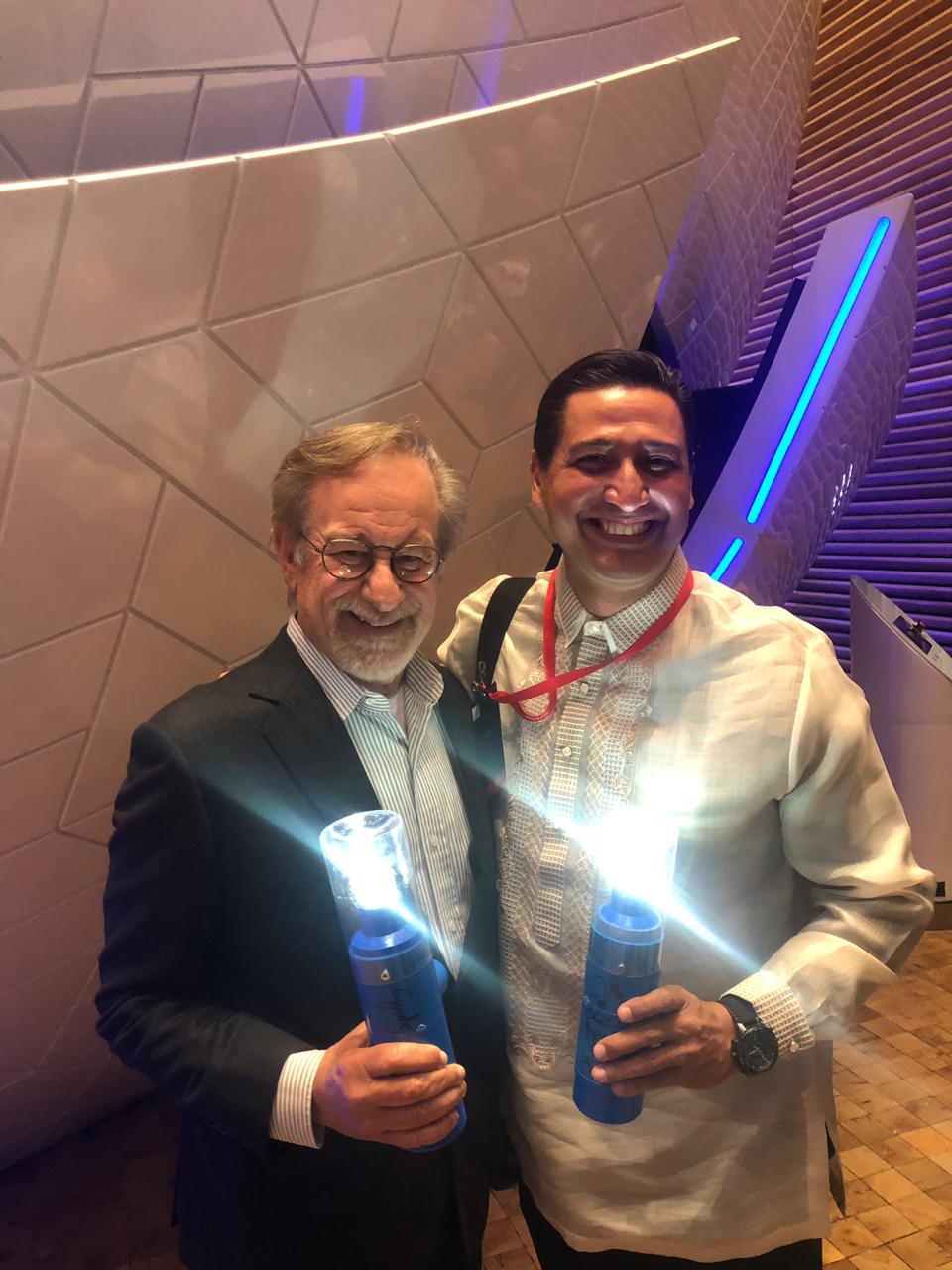
In your TEDxManila talk, you mentioned that “The purest form of charity is to make yourself obsolete.” How do you achieve this in Liter of Light?
The business of solar lighting is one of depreciation or planned obsolescence. What happens is when you import a solar light, the battery life is reduced because of shipping. Instead of lasting for 12 hours, it lasts only for 3 hours. And it’s made with microcircuit so there’s no way for us or them to actually fix.
On the other hand, our circuits are all exposed. They are all easy to fix. When it breaks, you can just open it up and fix it. Let’s say we have 100 lights. What the women’s cooperative does is, they keep the solar panels and lend out the lamps to people that are willing to pay them, for example, in the Philippines, the equivalent of $1 per week. So, there’s money coming in. If the light breaks, they are very quick to fix it. There are some areas where women collect the parts from used electronic goods and build their own mobile chargers. They earn from mobile charging and they don’t have to go to another town. If it breaks, they can fix it too.
They are becoming like small powerhouses, literally. They even talk to other women to other villages. It has become like a hub and spoke.
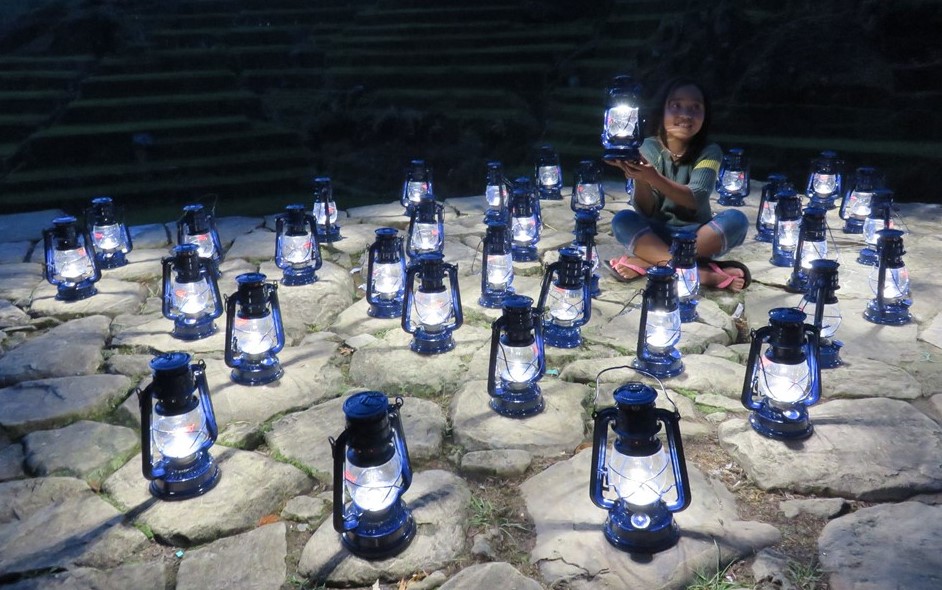
Our philosophy is if it can’t be built and scaled on a village level, then it’s not doable. For 20 million Filipinos, the last thing I want to do is to buy 20 million lights (theoretically), and then in a year and a half, buy another 20 million. This kind of energy-poverty cannot be solved that way. Instead, in case of disaster, we can gather thousands of people and donations and immediately buy all the parts needed to build the solar lights. So, in order for me to scale 50, 1,000, or 10,000 solar lights, it will only require 10 days instead of 10 months.
We’re teaching this in the Philippines and around the world. It all goes back to that first story – we’re known as great beneficiaries. In my heart, Filipinos can also be great humanitarians and benefactors. We could also do something that would change the world.
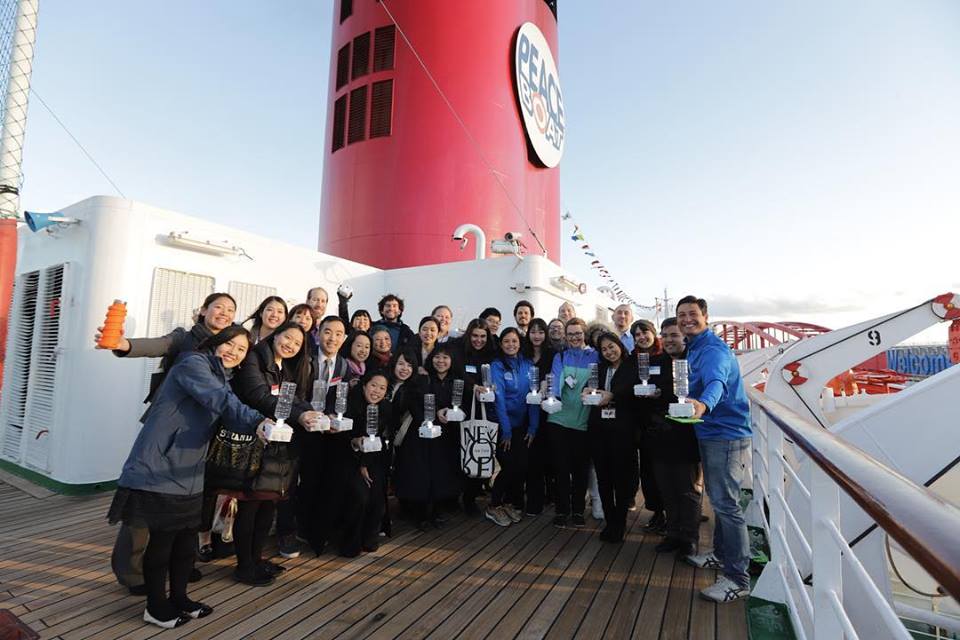
Liter of Light joined the Peace Boat’s 100th Global Voyage to help address energy poverty. You visited 13 countries that included Madagascar, South Africa, Brazil, and Mauritius. Do you have an indication on the current status of Liter if Light in other countries? Are they practicing it the way we’re practicing it here? Did they somehow change the system?
I.D: We went around the equator for 100 days and what this trip has shown me is that the need is really great. We are now transferring this technology. We visited 19 countries and have established a strong start. We put hundreds of training materials, house lights, street lights, mobile chargers, and videos onto the ship. It was the cheapest way to bring it around the world. They are all starting to follow our model, including in the islands, Rapa Nui Eastern Island, Samoa, and Fiji.
In Morocco, they use pottery and woven baskets. In Samoa, they use bamboo. Each country is using different materials. We use PVC here (Philippines) because we are an aquatic country. The lights that we are building now are mostly for forested areas and for stilted houses. We really need to make them solid and waterproof.
We also do stuff in developed countries through art. We broke a World Record in the UAE. We basically asked 300 children to build solar lights. By the end of the day, we had 2,000 solar lights.
May 16 is the International Day of Light. One of its goals is to improve the quality of life in the developing world by promoting access to energy. How did Liter of Light participate in this significant event?
I.D: Light is something that each and every person can do. This is something that we try to explain to corporates and schools. If you engage with us we make you part of the solution. Coming from a small foundation, you see how we are using every asset to build more lights.
The next phase for us is how to create a space where people…can actually see innovation. We have so many great ideas but we need to cluster people fighting for sustainability.
You founded Liter of Light and MyShelter Foundation. What other causes do you see yourself pursuing?
I.D: We received a grant to build a public space where people could see what the next generation green house could be. People can walk through it and experience it. Most of the greenest houses we have are usually in gated communities. The public has no access to its green architecture designs. This has been troubling to me. Unless you can actually see, feel, or experience it, you cannot understand why you have to make these decisions.
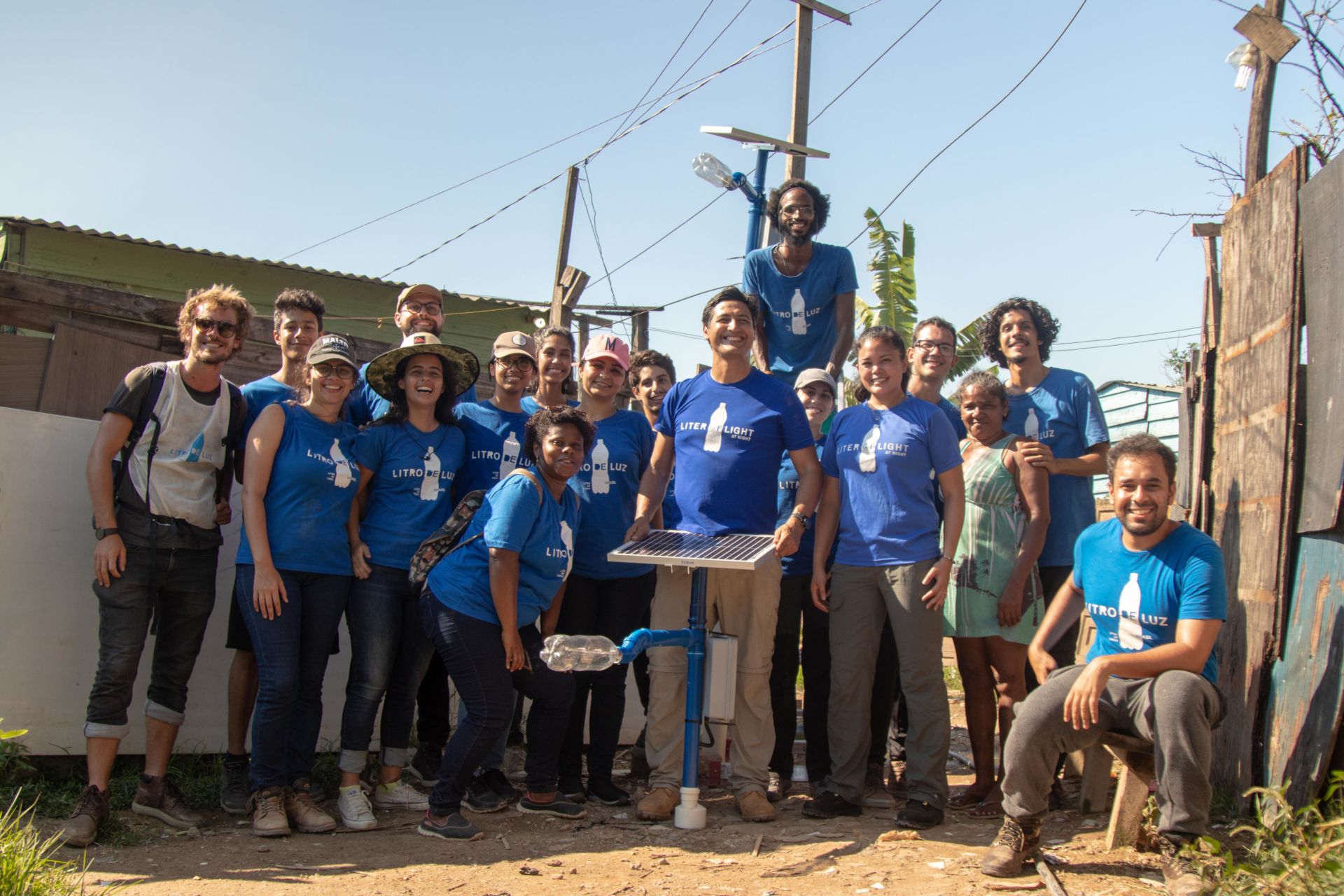
The next phase for us is how to create a space where people can “cluster.” Not just a meeting space but a place where they can actually see innovation. We have so many great ideas but we need to cluster people fighting for sustainability. We are talking about the survival of our planet and remember the story I told you about — I got into this because the Filipinos are the first ones impacted and the least able to adapt. How do we design for the future that we are not prepared for? How we can elevate this casual conversation into a feeling of crisis? Young people are much more aware. We just have to move them from marketing-driven awareness to a solution-based awareness. Let’s take their enthusiasm and convert it into action!
Knowledge and action are two different things. When combined together, they empower. For Liter of Light, this is how they provide not just light but solutions for those experiencing energy poverty.
About Illac Diaz
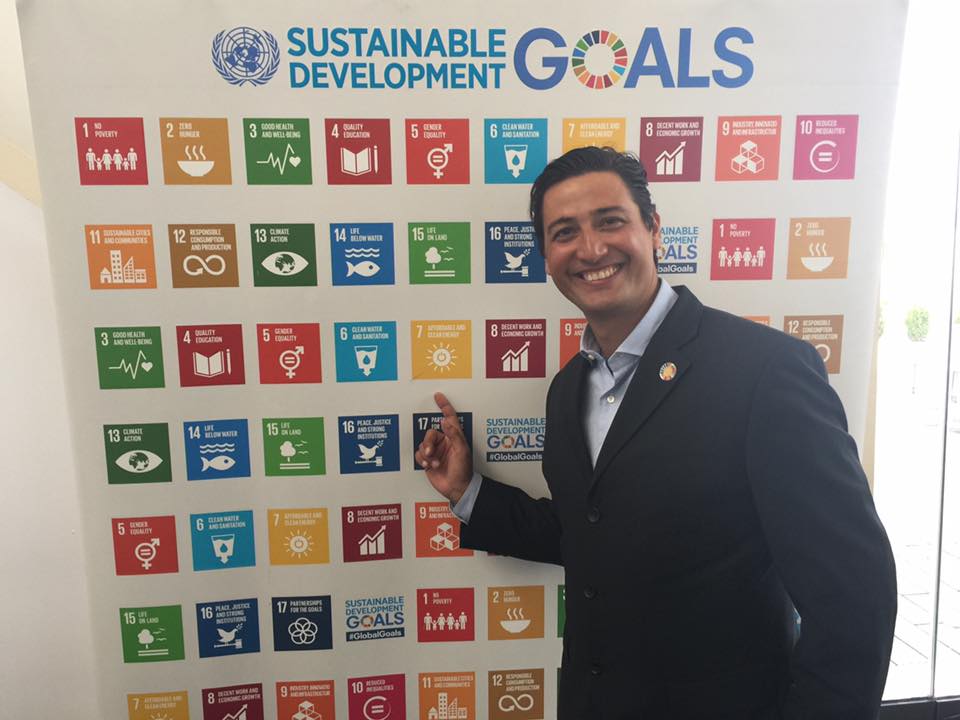 Illac Diaz is a social entrepreneur working to empower communities in the Philippines and around the world through several pioneering programs in rammed earth, bamboo, and PET plastic bottle construction.
Illac Diaz is a social entrepreneur working to empower communities in the Philippines and around the world through several pioneering programs in rammed earth, bamboo, and PET plastic bottle construction.
Illac founded the MyShelter Foundation in 2006 to promote grassroots sustainable development through capacity-building and employment-generating projects. Introducing groundbreaking social enterprise, appropriate low-cost technologies, and alternative construction in the Philippines, the MyShelter Foundation has pioneered projects such as the Pier One Seafarer’s Dormitory, the Design Against the Elements (DAtE) competition, and the Bottle School Project, improving the lives of Filipinos in rural communities through the creation of classrooms and clinics made of recycled materials like plastic bottles. Illac realized that while he could build innovative, sustainable structures, he had no way to light buildings constructed far from the electrical grid. His solution to this challenge led to the Liter of Light movement.
Illac’s latest venture, Liter of Light (Isang Litrong Liwanag), is the world’s first grassroots green lighting program bringing low-cost, zero-carbon solar bottle bulbs to underprivileged communities worldwide. By empowering local entrepreneurs and marginalized groups like prison detainees and trash pickers, this initiative shows how simple solutions powered by human hands bring the green revolution to the bottom 99%. Since its launch in April 2011, 1 Liter of Light has lit up over 350,000 households in the Philippines and over one million homes around the world.
Illac’s vision is to improve one million lives a year and to reframe the way people think about solutions to climate change not as a product of industrialized nations, but as a gift that developing countries can share with the rest of the world.
Illac holds a Masters Degree in Social Entrepreneurship from the Asian Institute of Management (AIM), a Masters Degree in Urban Studies and Planning from the Massachusetts Institute of Technology (MIT), and a Masters Degree in Public Administration from the Harvard Kennedy School. When he is not traveling the world installing innovative solar lighting solutions with Liter of Light, Illac is a professor at the Open Online Academy leading students in the creation of post-disaster architectural designs.


